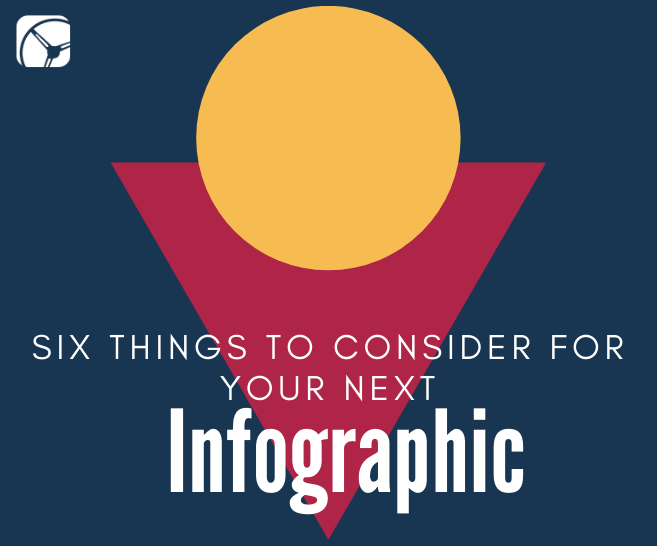Intriguing data and well-polished graphics are two of my favorite things. Joined together in perfect harmony, they create what's called an infographic. Infographics are an effective way to present snippets and key information from the results of a market research study.
At our market research company, we strive to provide clients with reports that present data in the most meaningful and impactful way. This succinct and creative way of presenting information makes market research infographics invaluable to us and our clients.
Below are 6 things to consider when making a market research infographic.

Bringing data to life is one of our favorite art forms.
Number 1: Create the setting
Include a few short sentences or footnote, feature the background and methodology from your market research study on the infographic. Key topics to feature could be the type of research, research goals, number of completes, response rate, date of fieldwork, length of the research (i.e. time to complete the survey), etc.
You may think to yourself, why include this text on a piece that is supposed to be so graphically inclined? By including this information you create a movable piece, which our market research firm loves to develop. A moveable piece is something that can easily move through departments.
Some clients find it difficult to share an entire report with other departments because reports can seem like an overwhelming amount of information, especially to someone who was not involved in the project from the start. By providing an infographic with enough background, you are able to quickly and easily share key results with the whole company. It provides them with enough of the background without overdoing it.
Number 2: Highlight the most important takeaway
From the perspective a busy client, you may want to get straight to covering important findings from the market research study. When creating an infographic, this need to showcase the important information is even more critical. Presenting this information first is one way to accomplish this, but also think about how you can use color for emphasis.
For example, perhaps your big finding is that half of customers surveyed are satisfied with Brand XYZ and the drivers to satisfaction are the customer representative's responsiveness and ease of using its service. Your eye should be drawn to this information on your infographic for easy review from your client. If this is your big takeaway make it noticeable at a glance.
Number 3: Feature additional takeaways
You will not be able to fit your entire executive summary on the infographic, so focus on the findings your client is most curious about. Typically, I like to feature 10 or fewer data nuggets on my infographics. Keep in mind, the infographic is supposed to be concise and complement the executive summary instead of recreating it. However, if you're infographic needs to extend to 2-pages it defeats the purpose a bit.
Details are important, but white space is too. Think simplicity.
Number 4: White space is your friend
White space makes a chaotic graphic comprehensible. Use your space wisely. White space or blank space is your friend when it comes to infographics. Instead of associating white space as "lacking", think of it as purposeful breathing room. Additional space surrounding a data point, allows the creator to place emphasis. Moreover, isolating a key stat will stick out the mind of the reader, which could be the key fact they hang on to.
Number 5: Remember the little things
Small details are essential to making an infographic. Think about color. Ask yourself, "do the colors used in the infographic match the industry, organization it’s created for, and/or meanings behind the color?" For example, perhaps you’re highlighting areas of opportunity and success. You could use red and green in your design to further drive these points home to the reader.
Use graphics and icons as well. Ask yourself if small icons or graphics could be added to enhance the message of your data. Not only does this help the reader digest information, but added details put the “wow-factor” in your design.
Number 6: Don’t forget the goal
The goal is to provide the reader with the information they need to know in an easy and digestible manner. Think snackable content. I love radar graphs and scatter plots, but as a market researcher I know not all clients find data presented in this manner as easy to understand. With the combination of concise information presented with great graphics you will be better set up to create a successful infographic.
Contact Drive Research
Interested in utilizing infographics for your market research findings or customer survey? Drive Research is a market research company in Syracuse, NY. Have questions about how we can assist your business or organization? Contact us at [email protected] or call us at 315-303-2040.
